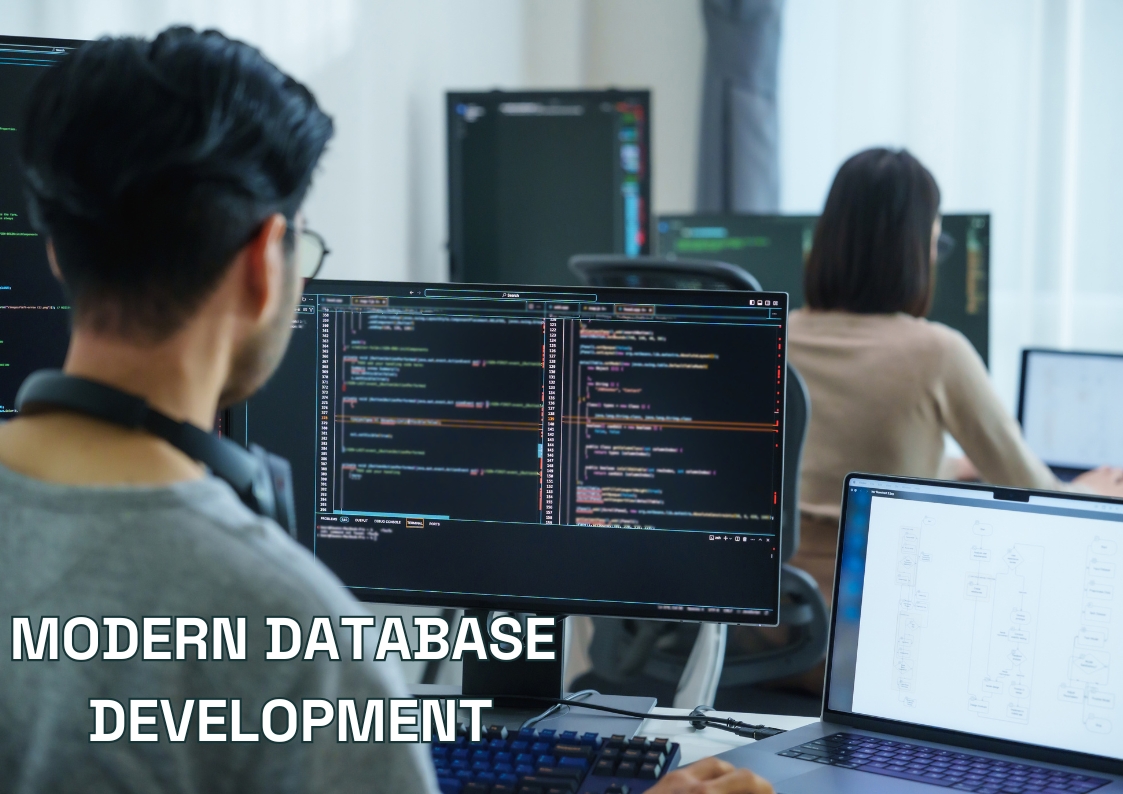Managing digital assets shouldn’t feel like herding cats—but for many organizations, that’s exactly what it becomes. When files are scattered, mislabeled, or duplicated across teams, productivity drops and opportunities get lost. Fortunately, smart database systems can turn that chaos into control. In this article, we’ll explore the most common DAM challenges and how the right technology can solve them at scale.
The Real Cost of Poor Digital Asset Management
A disorganized digital asset ecosystem doesn't just cause minor inconveniences—it creates serious roadblocks that slow down teams, risk compliance, and limit a business’s ability to grow. When data lives in silos or gets lost in outdated folder structures, it becomes a liability instead of an asset. Let’s break down the most common problems companies face when digital asset management (DAM) lacks the support of a proper database system.
Wasted time and duplication across teams
Without centralized, structured access to assets, employees waste hours searching for files—or worse, recreating them from scratch. Marketing might commission a photoshoot that product already had archived. Sales may use outdated presentations because the latest versions are buried in someone’s email thread. Multiply this inefficiency across departments, and the cost to productivity is enormous.
Structured databases solve this by organizing digital assets with searchable metadata, consistent tagging, and logical categories. Teams can find what they need quickly—and trust it’s the right version.
Compliance risks and data governance gaps
In industries where data privacy, copyright, or regulatory compliance matter, poor asset governance is a ticking time bomb. Scattered storage means little visibility into who accessed what and when. Version control is unreliable. Access permissions are often inconsistent—or entirely absent.
A centralized database-backed DAM system enforces clear audit trails, versioning, and role-based access. That means sensitive files are only seen by the right people, and regulatory requirements are easier to meet.
Limited scalability and integration challenges
Traditional folder-based storage might work when a company is small. But as asset libraries grow and more teams go remote, these systems buckle under the weight of modern workflows. There’s no easy way to scale, and integration with other platforms—like project management, ERP, or CMS—is clunky or nonexistent.
Legacy systems often lack APIs or standardized schemas, making integrations difficult and expensive. In contrast, a well-designed database architecture can grow with the organization and act as the connective tissue between platforms.
How Modern Database Systems Simplify Digital Asset Management
Modern businesses run on digital content. The challenge isn’t just storing it all, but making it instantly accessible, secure, and usable across teams and systems. That’s where database-driven DAM solutions come in. Built for performance and scale, these systems go far beyond basic file storage, offering intelligent organization and control.
Centralized storage with intelligent indexing
Modern database systems create a single source of truth for all digital assets. Unlike static folders, databases allow assets to be indexed by metadata such as content type, date, tags, usage rights, and more. This structure enables fast, precise retrieval—no guesswork, no searching through endless directories.
Automated tagging and AI-based classification tools further streamline content management, making asset discovery intuitive and efficient. Teams spend less time looking and more time delivering results.
Real-time access and role-based permissions
With hybrid work becoming the norm, real-time access to digital assets from anywhere is essential. Database-backed systems ensure users always work with the latest version of a file, whether they’re on-site or remote.
More importantly, these systems enable granular permission settings, so access can be tailored by department, project, or seniority. This enhances security without slowing collaboration, supporting a productive and protected work environment.
Seamless integration with existing enterprise systems
One of the biggest advantages of modern database architectures is their ability to integrate smoothly with existing business systems—ERP, CRM, CMS, project management platforms, and more. Instead of siloing data, these systems act as a bridge, enabling workflows to span across tools without disruption.
This interconnected ecosystem ensures digital assets are always available where they’re needed—embedded in customer profiles, product records, or marketing campaigns—without manual intervention.
Database-Driven DAM vs. Traditional File Systems: What’s the Difference?
Storing files in folders might work for personal use, but businesses need more than just a digital cabinet. Let’s break down how database-backed DAM systems outperform traditional file storage when it comes to flexibility, speed, and insight.
Flexibility in asset metadata and categorization
File systems rely on rigid folder structures. In contrast, databases let you assign rich, customizable metadata to each asset—think tags, project names, usage rights, or campaign IDs. This flexibility enables better filtering, tracking, and repurposing of assets across teams.
Better search, faster access, and smarter automation
Need to find every image used in a spring campaign shot before 2022? A database can handle that in seconds with advanced search queries. Whether using SQL, NoSQL, or custom schemas, modern DAM platforms power lightning-fast, highly specific searches that save hours.
Enhanced analytics and reporting capabilities
With file systems, you’re often blind to how assets are used. Database-driven platforms log access, downloads, versions, and user activity—turning asset usage into measurable data.
That insight supports smarter content planning, helps optimize asset ROI, and ensures governance standards are met.
What to Look for in a Modern Database Development Consulting Partner
If you're serious about fixing digital asset chaos, the first step is choosing the right modern database development consulting partner. This isn’t just about software—it’s about building a system that’s scalable, secure, and aligned with your business goals.
Expertise in custom database architecture
Out-of-the-box tools can’t always handle complex workflows or high-volume content. A seasoned consulting partner designs custom database architectures tailored to your organization’s data, governance needs, and future growth.
Focus on scalability, security, and usability
Modern digital asset management systems must evolve with your business. The right partner ensures the database infrastructure is scalable, built with security best practices, and optimized for ease of use—so your team can adopt it quickly and confidently.
Proven track record and integration experience
Choose a partner with real-world success integrating DAM systems into enterprise environments—ERP, CMS, CRM, and cloud platforms. Experience matters, especially when every asset needs to move securely and efficiently through your tech stack.














